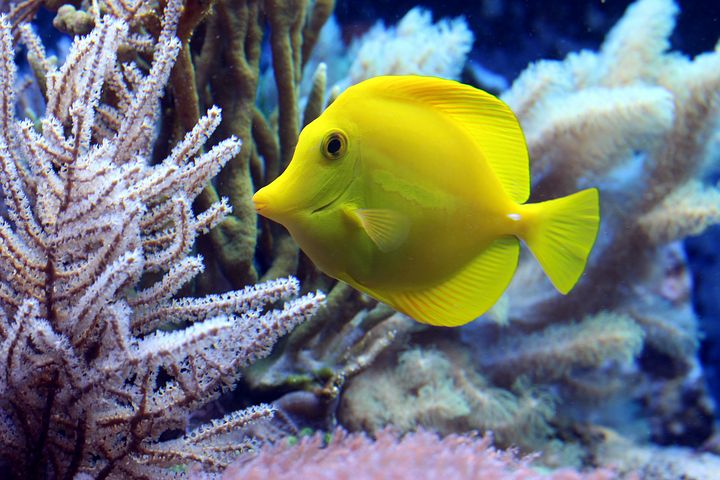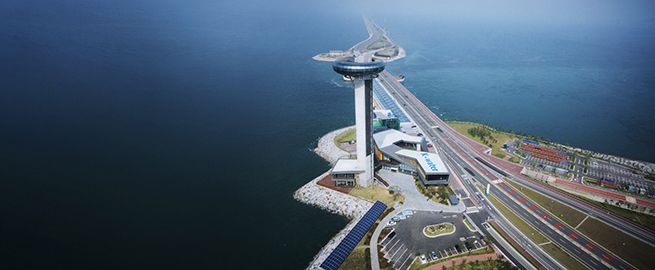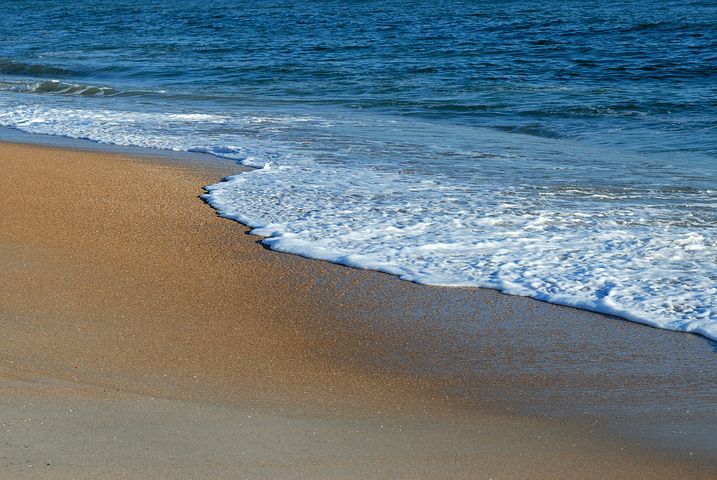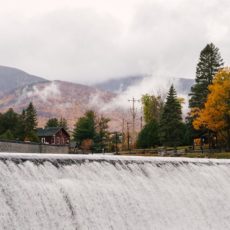


The ocean is a wondrous and awe-inspiring ecosystem. It covers most of our planet (71% of it…and let’s not forget that number is increasing)! The average depth of the ocean is nearly 2.5 miles, but the lowest known part of the earth’s surface is 6.8 miles under the sea: if you put Mount Everest in the bottom of this trench, there would still be over 1 mile of water above it! The ocean is home to an estimated 750,000 species of living organisms (but this number could be as high as 1.5 million, as most have not even yet been identified!). This ecosystem is truly incredible.
In addition to all those wonders, the ocean is an infinitely powerful and dynamic thing. There are tides constantly moving vast volumes of water around the ocean, far beyond where the blue waters meet the horizon. And the power of these tides can be harnessed for generating electricity. Tidal power must surely be our largest (and largely untapped) renewable energy source. Where thick, low clouds (and night time) hinder solar power; and unreliable winds and low efficiency turbines hinder wind power; tidal power is completely predictable. The gravitational movement of our moon and the sun, with respect to the position of the Earth, causes millions of gallons of water to flow around the oceans, creating periodic shifts in where the water lies. This shift is what we call tides.

The tidal movement of the sea water can be harnessed by using waterwheels and turbines, just like non-tidal hydroelectricity. But coastal tides flow in both directions, so there is the potential to generate electricity with the flow AND ebb of the water. So the turbines used need rotor blades which turn in both directions. Although this adds a little to the expense of manufacture, it of course makes them twice as useful.
Another type of tidal power technology is a barrage. This device harvests power from the height difference of high Vs low tide. High tide water is held in special dams as potential energy, and when the tide goes out that energy is converted to mechanical energy, as the water travels through large turbines located within the barrage. Streams, lagoons and estuaries can face major ecological disruption with the installation of tidal barrages or turbines. But the shallow depth of these bodies of water make it ideal for turbines to be effective and safe for vessels, people and fish to navigate around. So there’s work to do here, to make the tech less damaging and easier to install.
To release the potential of this renewable energy source, there must be progress on reducing the cost of manufacture and installation of tidal power devices. No doubt, these costs are currently very high. In Washington in 2007, a public utility began a tidal energy project. The estimated cost was going to be $10M, with this cost being shared between the utility and federal government grants. However, 7 years later with still no completion date in sight; a spend already totalling $20M; and a new estimate for the project in the region of $37M, it was all cancelled.

So harnessing tidal power is difficult to achieve, but not impossible: South Korea boasts the world’s largest tidal power plant on an artificial lake called Sihwa Lake. This has a capacity of 254 MW, which would power approximately 203,000 average American homes (or 500,000 South Korean homes…you noticed a concerning disparity there, right?). It generates 552.7 GWh of electricity, which is equivalent to 862,000 barrels of oil! This project saves the planet from receiving 315,000 tons of CO2 annually (the amount that 100,000 cars produce!). The project cost an exorbitant $560M to complete, but with those above stats, no one will argue the worthiness of money spent.

Global tidal energy resource is estimated at 3TW, but the technically harvestable part of this is 1TW. And all tides are not created equal – as any estate agent will tell you: ‘location, location, location’. Picking the right spot for a tidal power plant is extremely important. France, England, Canada and Russia have great potential to use tidal power, while the Unites States has less options. Having said that, and to really prove the point on location, a recent study of 23 tidal power sites from New York to Alaska found that some of those sites were very worthwhile – producing lifecycle carbon costs per kWh hour were less than 10% those of a natural gas plant! But in other locations, tidal power fared worse than coal on this lifecycle carbon cost analysis. So we won’t expect tidal power to replace fossil fuel energy any time soon, but there is money being invested and tech being developed to try to harness some of the ocean’s enormous tidal power potential.


